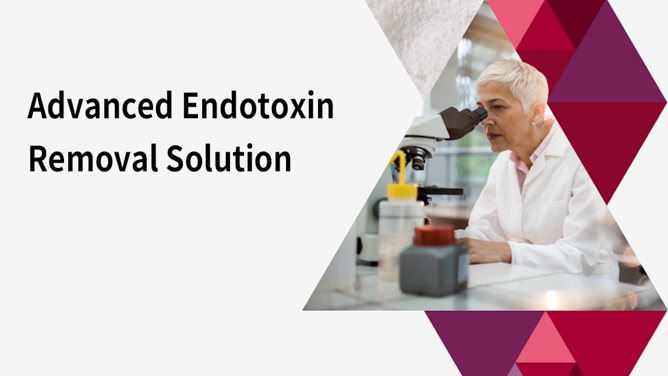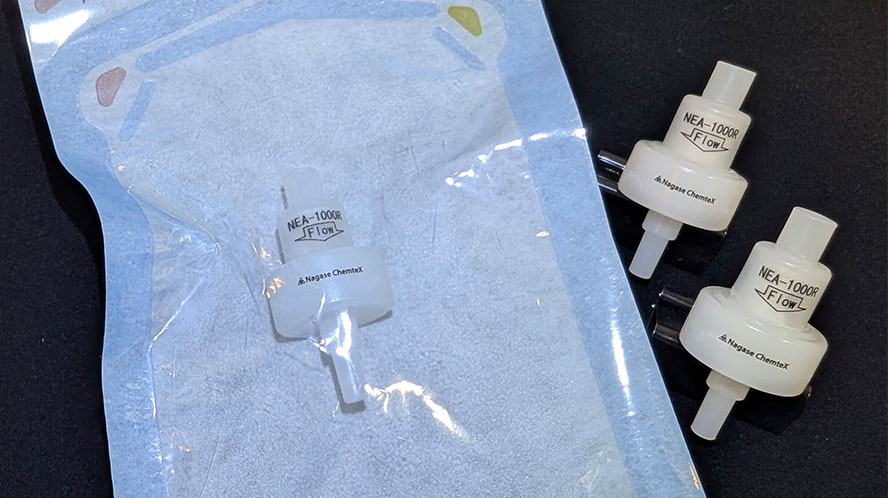Endotoxin (LPS) removal contract testing service

We remove endotoxins from raw materials and ingredients used in medical devices, regenerative medicine products, and other medical applications, providing them as low-endotoxin-grade raw materials. We accommodate a wide range of orders, from lab-scale quantities of a few grams to bulk orders of several hundred kilograms.
Solution Overview
Endotoxin, even in trace amounts, can cause severe side effects when introduced into the bloodstream. As a result, regulatory limits for endotoxin levels have been established by the Japanese Pharmacopoeia (JP), JIS, FDA, and other standards for pharmaceuticals, medical devices, and other products that may come into contact with blood.
Currently, no specific threshold values have been set for regenerative medicine products, which have been gaining attention in recent years. However, guidelines from Japan’s Ministry of Health, Labour and Welfare (MHLW) highlight the necessity of endotoxin testing. (As of March 2025, according to our research)
In the life sciences field, including pharmaceuticals and medical devices, strict endotoxin management standards are in place based on product applications. As a result, ensuring proper endotoxin control is a critical factor in product development within these industries.
Features
It has a greater endotoxin adsorption capacity than conventional technologies, enabling selective endotoxin removal.
This allows for the selective removal of endotoxins even from targets that were previously difficult to treat with conventional methods, such as highly viscous polysaccharides, proteins, and antibodies.
Sample | Isoelectric point | Before processing | After processing | Endotoxin removal rate | Protein recovery rate |
|---|---|---|---|---|---|
BSA | 4.9 | 30 EU/ml | 0.1 EU/ml | ≧ 99% | 98% |
Gamma globulin | 7.4 | 41 EU/ml | 0.5 EU/ml | ≧ 99% | ≧ 99% |
Cytochrome C | 10.6 | 27 EU/ml | 0.1 EU/ml | ≧ 99% | 96% |
Test conditions: Protein solution (500μg /mL, 0.02M Phosphate buffer, pH 7.0, Ionic strength μ=0.2), LPS (E.coli UKT-B), Flow rate 0.1 mL/min
Applicable Products
Inquiries about our products and technology
For inquiries about products (SDS, TDS, usage instructions, pricing, purchase information, catalogs, regulations, samples, technology, business collaboration, etc.), please inquire here.
Inquiries
